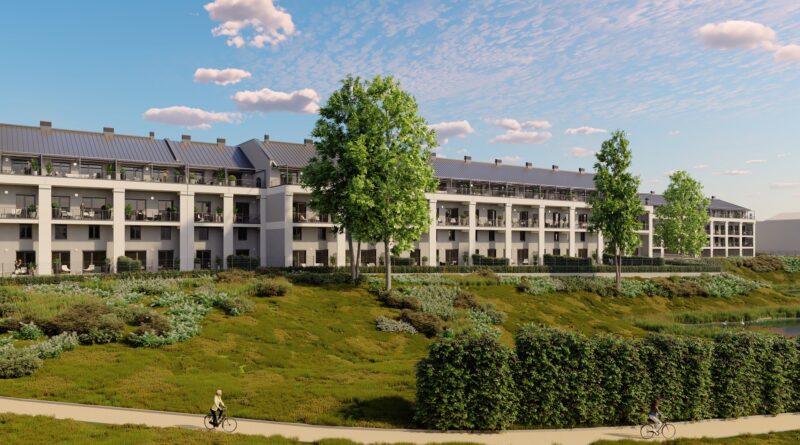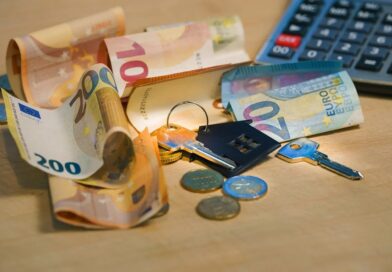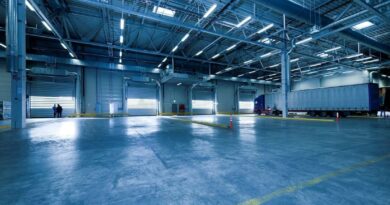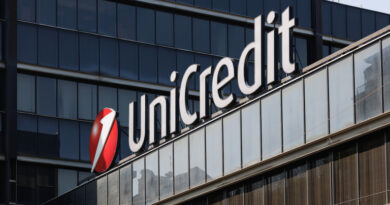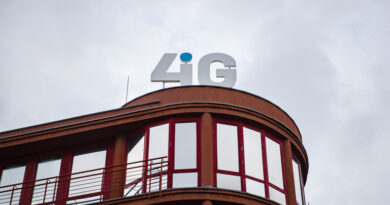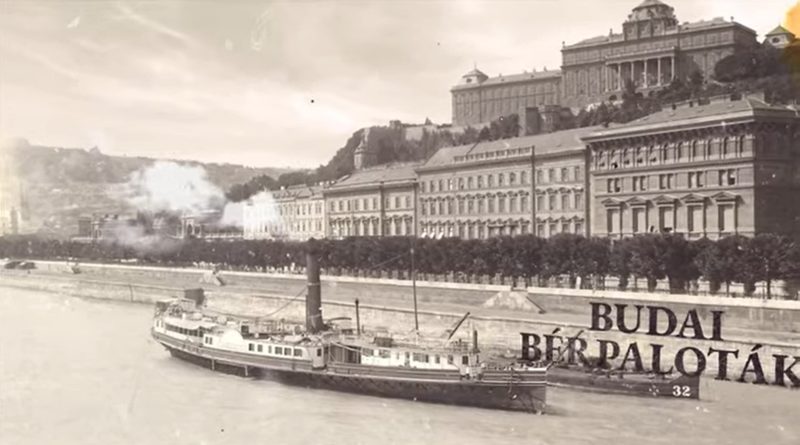CEE investment surges during Q1 2013
High interest for property in Russia and Poland caused the overall investment volume in Central & Eastern Europe (CEE) to reach Euro 2.6 billion in Q1 2013, three times the level achieved during
Second highest 1st quarter result since 2007
High interest for property in Russia and Poland caused the overall investment volume in Central & Eastern Europe (CEE) to reach Euro 2.6 billion in Q1 2013, three times the level achieved during Q1 2012 and the second-highest first quarter result since 2007. The increase in volume confirms a steady interest in CEE’s major growing economies, while some activity has started to emerge in the slower growing parts of the CEE region. By far the largest transaction this quarter was Metropolis shopping center, acquired for around Euro 900 million by Morgan Stanley Real Estate Investing.
Deal flow almost entirely focused on Poland and Russia
While most interest in Russian real estate is driven by local investors, some significant deals were done by cross-border investors. In Q1 2013 Morgan Stanley was active, as well as AFI Development who acquired the remaining 50% in Aquamarine BC III, a project close to the Kremlin. In Poland a mix of crossborder and local investors were active. Most significant deals were RREEF buying Green Corner and Hines Global REIT acquiring New City, both in Warsaw.
Industrial assets increasingly sought after
Despite remaining considerably smaller than office and retail segments, industrial properties are significantly more on the radar of investors across CEE now. From being a niche-segment some time ago, industrial made up around 20% of total volume during Q1 2013. This confirms results from CBRE’s Investor Intention Survey 2013. Industrial transactions were closed in Russia on top of Norges’ acquisition of a 50% stake in ProLogis’ (PELP) fund, covering several properties across Central Europe. Interest in CEE industrial properties is being driven by a number of factors including: relatively low rent levels combined with limited development activity (apart from Russia), and a relatively high income component in total returns compared to more traditional asset classes.

